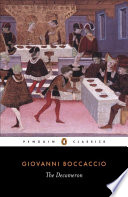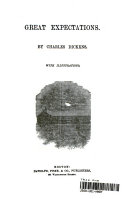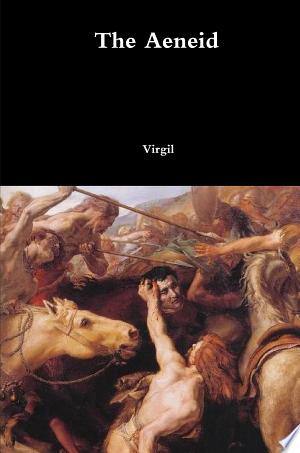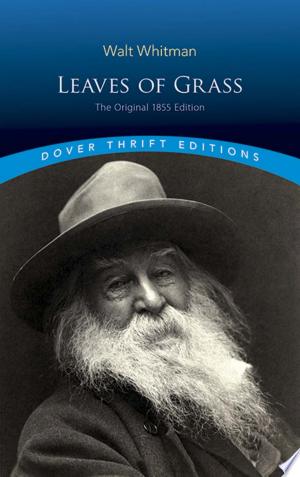
"The Decameron" Summary
classics | Published in 2003
Estimated read time: 6 min read
One Sentence Summary
A group of young people flee the Black Death in Florence and entertain themselves by telling 100 tales over ten days.
Table of Contents
Introduction
"The Decameron" is a collection of 100 novellas written by the Italian author Giovanni Boccaccio, completed in 1353. This masterpiece of early Italian prose storytelling is a frame story, with each of the 100 tales being told within the structure of a larger story. The book is considered a landmark in the development of the Italian language and is renowned for its vivid portrayal of life during the Black Death in the 14th century.
Brief Synopsis
Plot Overview
"The Decameron" is set against the backdrop of the Black Death, which ravaged Europe in the mid-14th century, causing widespread death and social upheaval. The frame narrative of the book revolves around ten young Florentines, seven women, and three men, who flee the city to escape the horrors of the plague. They take refuge in a secluded villa in the countryside and pass the time by telling stories to entertain themselves.
Setting
The stories are set in various locations, both within Italy and abroad, and cover a wide range of themes such as love, fortune, and wit. The vivid and diverse settings add depth and richness to the storytelling, offering readers a glimpse into different aspects of medieval life and culture.
Main Characters
The main characters in "The Decameron" are the ten young Florentines who seek refuge from the plague. Here are brief descriptions of three key characters:
| Character | Description |
|---|---|
| Pampinea | A noblewoman and the natural leader of the group. She initiates the storytelling and sets the tone for the tales to follow. |
| Filomena | A well-educated and eloquent woman who shares stories that reflect her intelligence and wit. |
| Dioneo | The only male character who often tells the most bawdy and humorous tales, providing comic relief in the midst of tragedy. |
Stories Overview
The tales in "The Decameron" are divided into ten days, with each of the ten characters taking turns as the king or queen for the day, deciding the theme of the stories to be told. The overarching themes of the stories include love, cleverness, and human resilience in the face of adversity. Here is a summary of the different story points over the ten days:
Day 1 - Tales of Misfortune with a Happy Ending
The theme for the first day is misfortunes that are followed by a stroke of good luck. The stories focus on characters who encounter adversity but ultimately find happiness or success.
Day 2 - Tales of Love
Day two is dedicated to stories about love, encompassing both romantic love and love's ability to triumph over obstacles. The tales highlight the power of love to overcome social barriers and personal tribulations.
Day 3 - Tales of Wits
The characters share stories that revolve around cleverness, resourcefulness, and quick thinking. These tales often feature characters who outsmart their adversaries through wit and cunning.
Day 4 - Tales of Fortune
On the fourth day, the stories center on fortune and the unpredictable nature of fate. The characters recount tales of unexpected windfalls, reversals of fortune, and the capriciousness of luck.
Day 5 - Tales of Prowess
Day five is devoted to stories of bravery, heroism, and acts of valor. The characters share tales of courage and daring deeds, showcasing the triumph of the human spirit in the face of danger.
Day 6 - Tales of Honor
The focus of the sixth day is on stories that explore themes of integrity, nobility, and moral rectitude. The characters recount tales of honor, honesty, and the preservation of one's reputation.
Day 7 - Tales of Deception
Day seven features stories centered on deception, trickery, and the art of manipulation. The characters share tales of cunning ruses, clever disguises, and the consequences of deceit.
Day 8 - Tales of Fortune Reversed
The stories on the eighth day examine the concept of fortune reversed, portraying characters who experience a sudden change in their circumstances, often from prosperity to poverty or vice versa.
Day 9 - Tales of Disguise
Day nine is dedicated to tales of disguise and mistaken identities. The characters share stories involving hidden identities, masquerades, and the complexities that arise from concealing one's true self.
Day 10 - Tales of the Power of Fortune
The final day's stories revolve around the overarching theme of the power of fortune, illustrating how fate can shape the lives and destinies of individuals in unexpected ways.
Main Events
The main events in "The Decameron" include the framing narrative of the ten young Florentines seeking refuge from the plague, as well as the 100 individual stories they tell during their stay in the countryside. The diverse range of events in the tales includes love affairs, betrayals, adventures, and encounters with the supernatural, providing a panoramic view of human experiences during the medieval period.
Themes and Insights
Themes
"The Decameron" explores a multitude of themes, including love, fate, wit, honor, and the human capacity for resilience and adaptation in the face of adversity. The stories also delve into the complexities of human relationships, the role of fortune in shaping lives, and the interplay between social classes and gender dynamics.
Insights
The collection offers insights into the cultural, social, and moral values of medieval Italy, presenting a mosaic of perspectives on life, love, and human nature. Through the diverse array of stories, readers gain a deeper understanding of the intricacies of human behavior and the enduring relevance of timeless themes across different historical periods.
Reader's Takeaway
Readers of "The Decameron" are treated to a captivating tapestry of storytelling that transcends time and place. The collection provides a lens into the human experience, offering a wealth of engaging narratives that entertain, provoke thought, and resonate with readers on a profound level. The tales invite reflection on the universal themes of love, fortune, and human ingenuity, making "The Decameron" a timeless and enriching literary masterpiece.
Conclusion
In conclusion, "The Decameron" stands as a timeless testament to the enduring power of storytelling and the rich tapestry of human experiences. Through its engaging narratives, vivid characters, and exploration of universal themes, the collection continues to captivate and inspire readers across generations, cementing its status as a cornerstone of world literature. Boccaccio's masterful storytelling and profound insights into human nature ensure that "The Decameron" remains a cherished and invaluable work of art.
The Decameron FAQ
What is 'The Decameron' about?
How many stories are in 'The Decameron'?
What themes are explored in 'The Decameron'?
Is 'The Decameron' suitable for all ages?
What is the significance of 'The Decameron' in literature?




